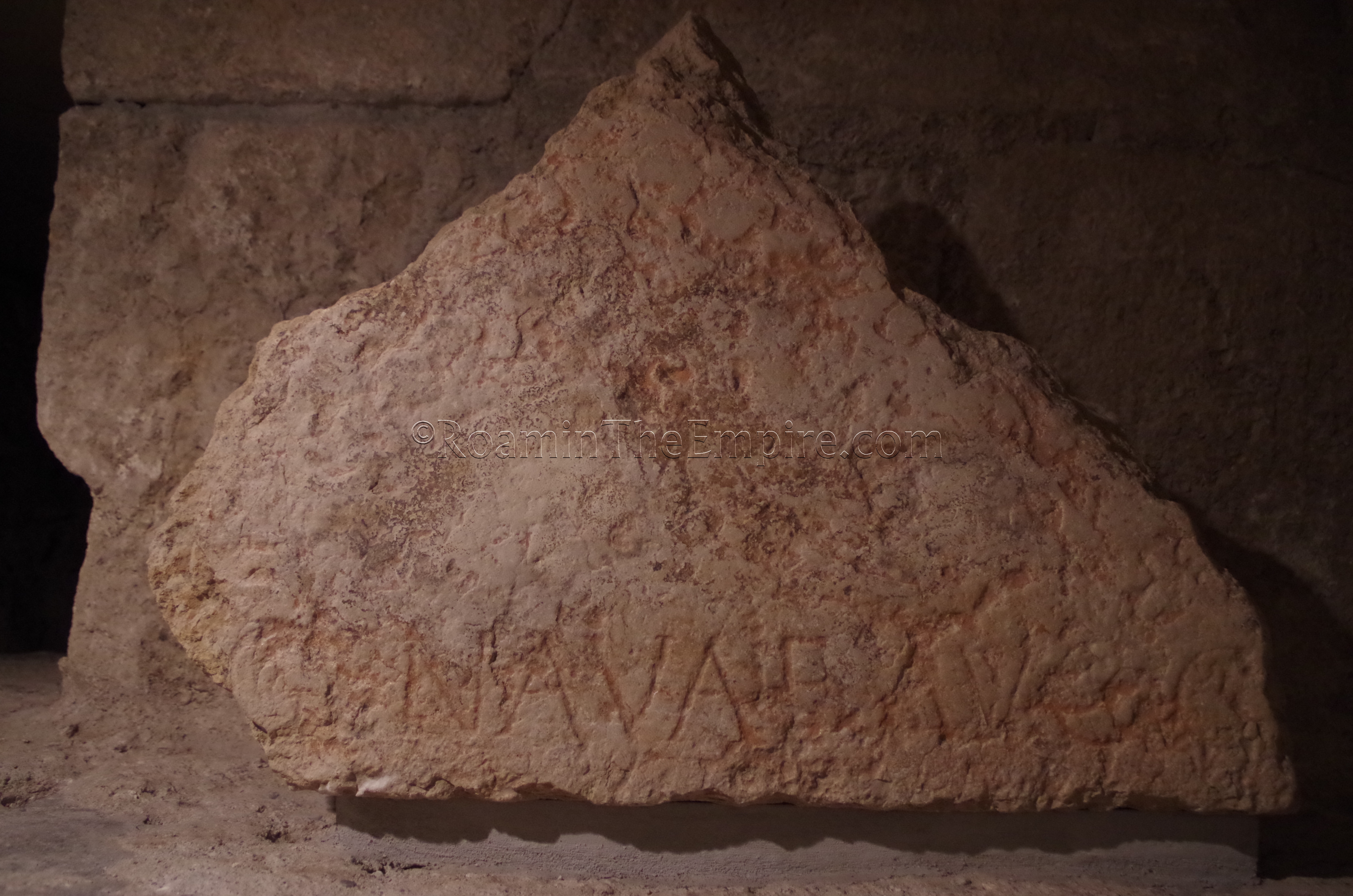
Most Recent Visit: June 2018
Situated at the estuary of the Rhône River and the lake that bears its name is the second largest city in Switzerland, Geneva (Genève). During the period of Roman control of the area, Geneva was preceded by Genava, also sometimes referred to as Genua. The name seems to be derived from the Latin word genu, which means ‘knee’, and perhaps refers to the bend in the Rhône at that spot of the settlement. In antiquity, the site of the eventual Roman town of Genava was located in the territory of the Allobroges, on the border of the territory of the Helvetii. The Allobroges came under the hegemony of Rome in 121 BCE, after Quintus Fabius Maximus dealt a crushing defeat to a combined force of the Allobroges and Arverni. That battle followed a year of conflict between the Romans and Allobroges after the latter gave refuge to a fugitive Salluvian leader and attacked the Aediu, who were on friendly terms with the Romans. After the defeat, the Allobroges still maintained a degree of autonomy, and the oppidium at Genava was administratively in the civitas of Viennensium and its capital of Vienna (Vienne, France).
In 58 BCE, the nearby Helvetii, being pressure by incursions by Germanic tribes, attempted to migrate westward into Gaul, with the pass through Rhône river valley near Genava being the easiest path to do so. Julius Caesar, then proconsul of Gaul, made his first attempt to prevent the Helvetii migration at Genava by destroying the bridge over the Rhône near Genava and constructing an earthen wall and ditch between Lake Geneva and the Jura Mountains to the west. He manned the wall with troops and set up a camp nearby which would grow into the town of Genava. Caesar was successful in preventing the Helvetii from migrating through the pass, but the Helvetii eventually negotiated a different path from their territory to Gaul through the territory of the Sequani. This necessitated a pursuit and a few battles between Caesar and the Helvetii before the latter were forcibly returned to their territory.
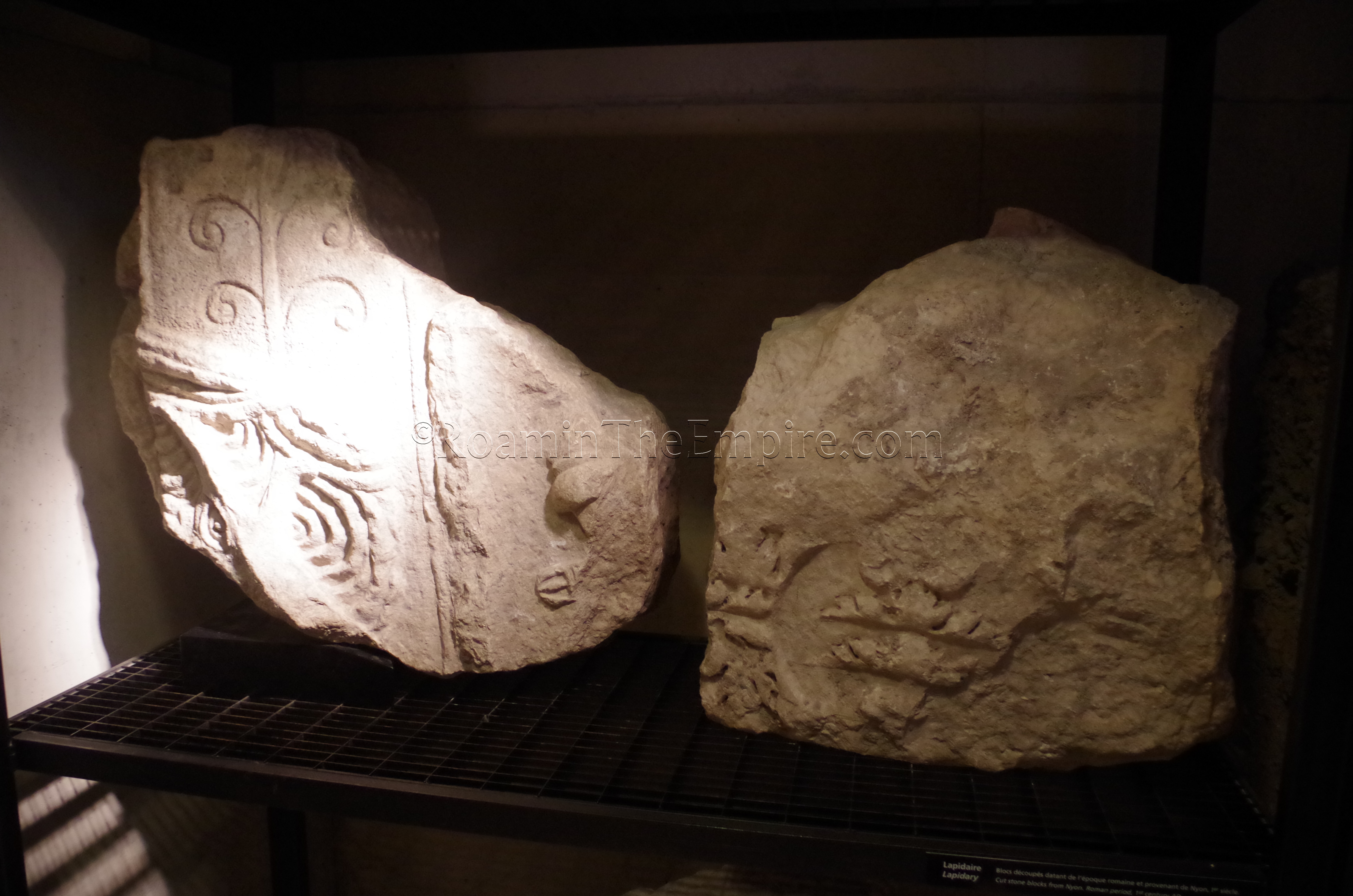
The Roman camp at the location gave rise to a vicus, which in turn became the settlement of Genava. In 14 CE, Vienna became a colonia and citizenship was awarded to the rest of the civitas in 40 CE, including Genava. The bridge over the Rhône was rebuilt, and Genava’s position at the mouth of the Rhône and the pass leading into Gaul made it a major center of trade. When the quadragesima Galliarum, a 1/40th tax rate on goods entering and exiting Gaul, was levied, Genava became one of the toll stations at which the tax was collected. Despite this, Genava never had a legal status beyond vicus. About 260-265 CE, Genava was destroyed in the Alamanni raids. The settlement was rebuilt and a large defensive wall was constructed, most significantly with spoliated material from nearby Colonia Julia Equestris (Nyon), which must have similarly suffered from the Germanic incursions at that time. In 443 CE, Genava was incorporated into the Kingdom of the Burgundy.
Getting There
Geneva is the second largest city in Switzerland, and as such it is well connected throughout Switzerland and surrounding countries by rail and bus. I made the visit via train from Lyon, France, which has several departures to and from per day. There is also an international airport just outside the city. Within Geneva, the historic center is well within walking distance of the main train station, though there are also buses that run between the two as well. It is overall a surprisingly walkable for being such a major city.
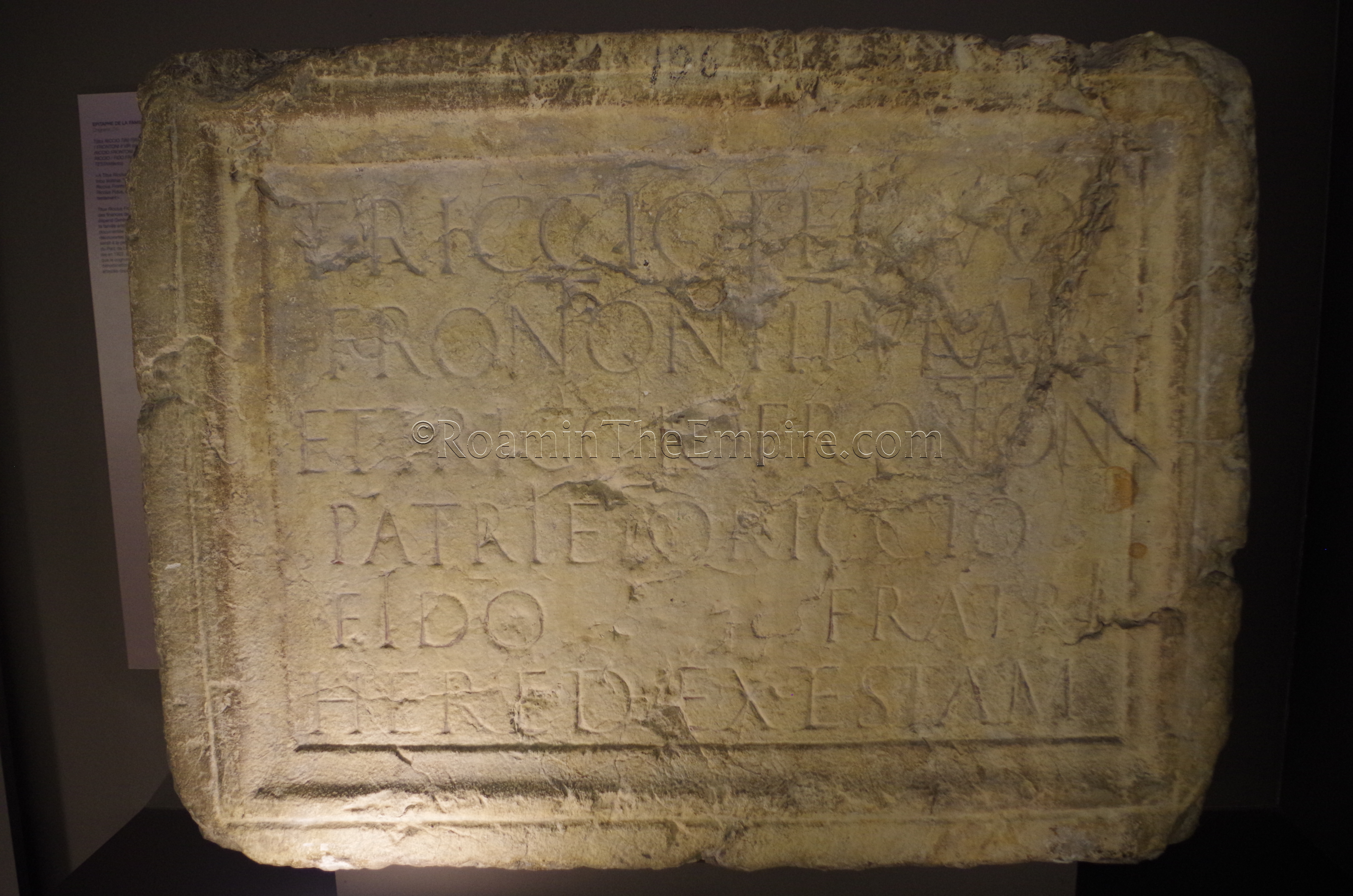
Parc de la Grange
Given the over 2,000 years of constant habitation at the site, it’s not altogether unsurprising that very little of ancient Genava remains among the infrastructure of the modern city. One of the sparse remaining vestiges is in the Parc de la Grange, near the city center on the eastern bank of Lake Geneva. About 150 meters north/northeast of the southern park entrance off of Route de Frontenex are a few walls from a 1st century CE villa that stood there. The villa was apparently the estate of the magistrate Titus Riccius Fronto, who lends his name to the Route de Frontenex and whose funerary inscription is on display in the courtyard lapidary collection of the Musée d’Art et d’Histoire. The villa originally covered about 1,200 square meters, though only a very small fraction of that remains on display in the park. Unfortunately, while I was in Swizerland, my European sim card had no service and I had an unhelpful description of the location of this villa, so I was not able to find it at the time. Since then, though, I’ve been able to verify its location, and so I feel pretty comfortable including it here, particularly since the Roman remains of Genava are so few and far between. There is no admission to the park and it is open every day between 7:00 and 21:00.
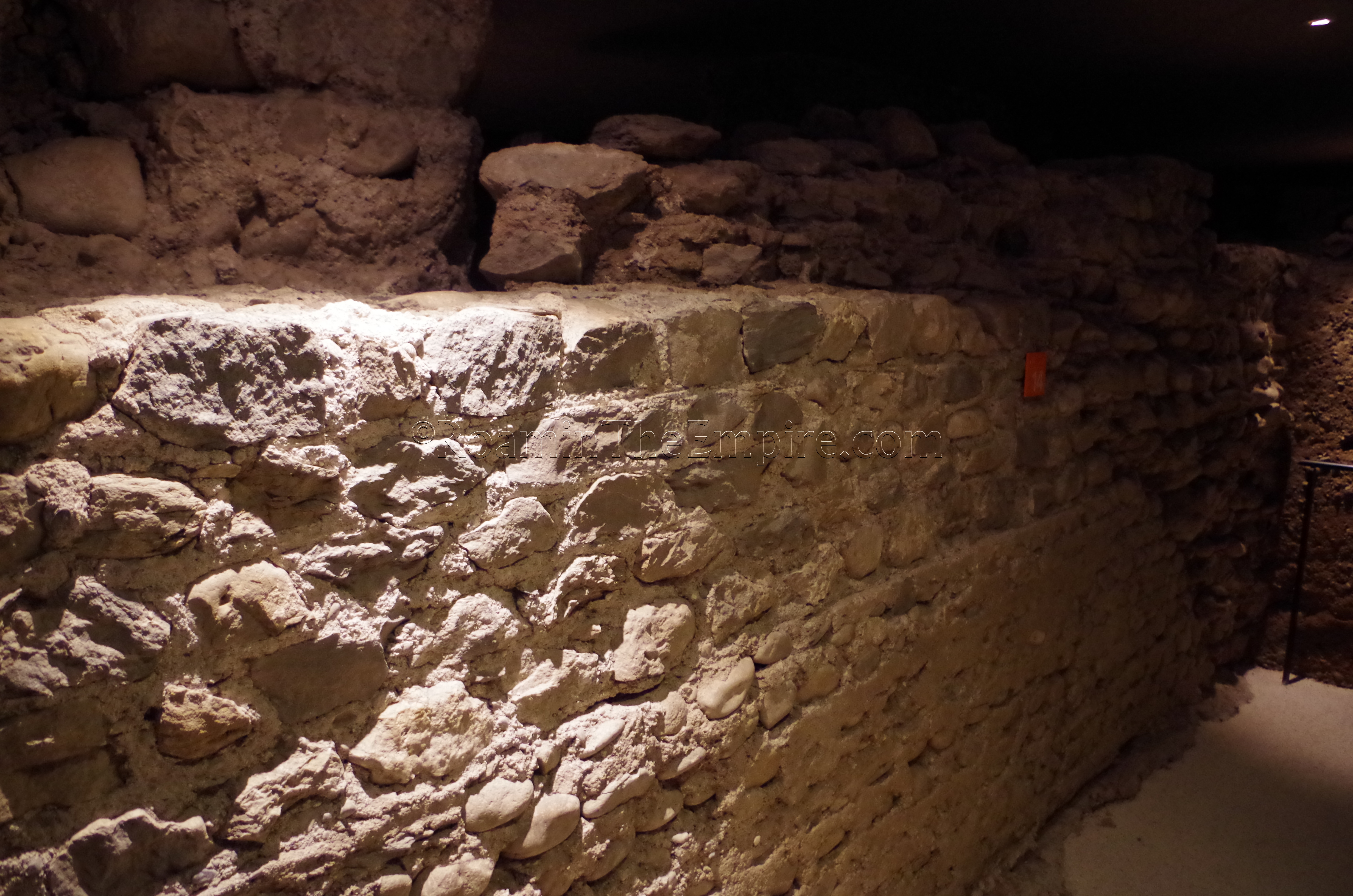
Site Archéologique Cathédrale St-Pierre Genève
In the center of the old city is the Cathédrale Saint-Pierre Genève, and beneath it the Site Archéologique Cathédrale St-Pierre Genève, the result of three decades of excavations carried out beneath the 12th century CE cathedral. Located at Cour Saint-Pierre 6, the archaeological site is open every day from 10:00 to 17:00. Admission to the site is 8 CHF and includes an audio guide. Access to the archaeological site can also be purchased through a larger combination ticket that includes a visit to the cathedral towers and the attached International Museum of the Reformation for 18 CHF.
Much what remains in the archaeological crypt of the cathedral is related to previous incarnations of the post-Roman period religious building, dating to between the 6th century and 11th century CE, or relating to the 4th century CE paleo-Christian ‘north’ cathedral. Near the beginning of the path through the remains there is sign explaining the color-coded time period guide, with remains falling within a certain time period being denoted by plaques of a certain color, which was certainly helpful given that not everything had informational signs explaining the context or provenance.
Among the highlights of the pre-Christian excavations were the remains of a 1st century BCE Allobrogian tomb, possibly that of a chieftain. As the site of the cathedral is on a hill and the burial would have overlooked the lake and the port. Also among the remains are a few walls from a 1st century CE public building and a grain processing area from the 3rd to 4th century CE. Adjacent to the remains of the 1st century CE building, architectural blocks and other larger stone objects are on display. Among those blocks are a few fragments that have been traced to Colonia Julia Equestris, and are probably among the spoliated material from the colony that was used to construct Genava’s defensive walls following the Alemanni raids in the 3rd century CE.
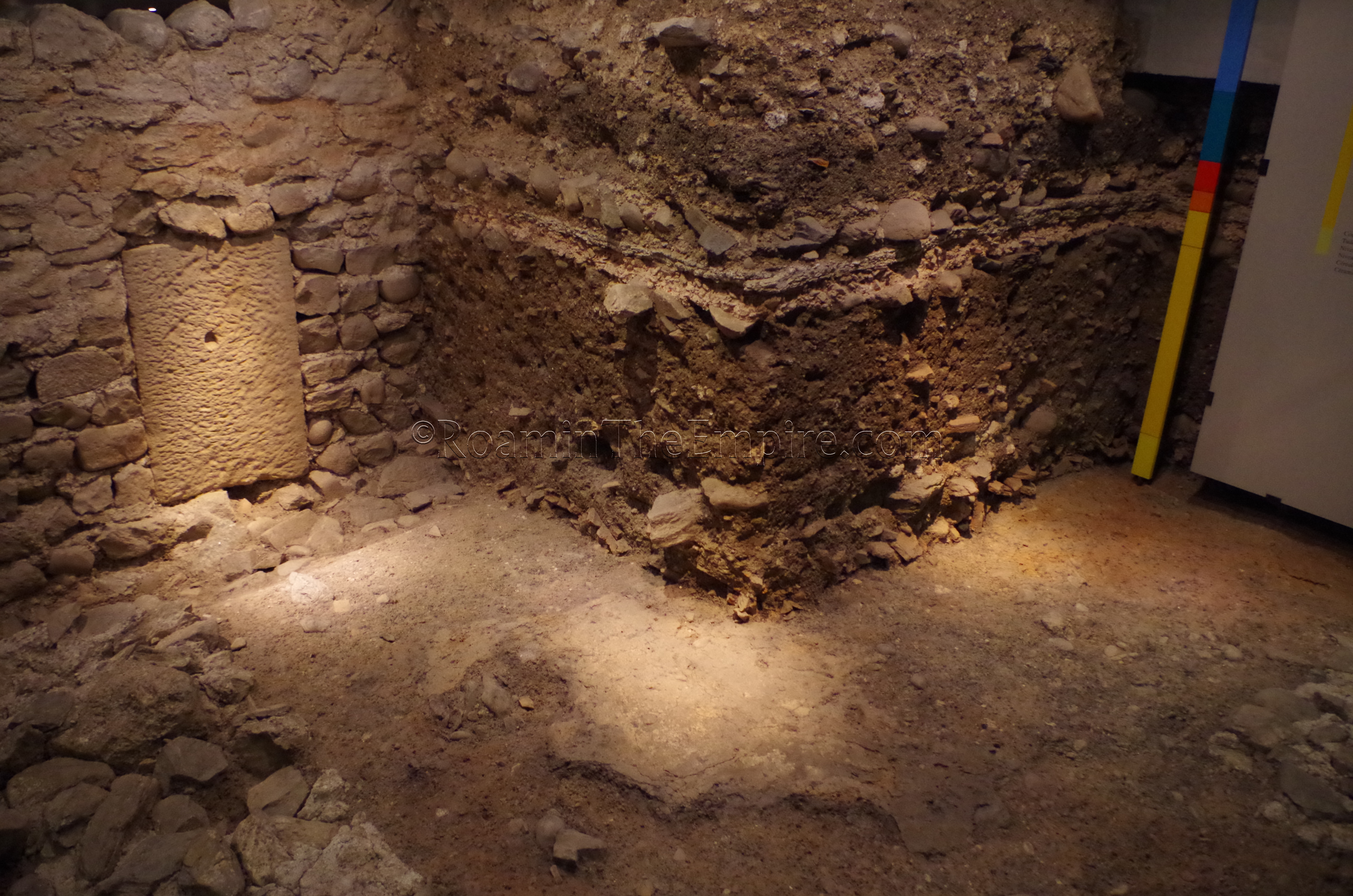
There are many informational sites among the remains of the archaeological crypt, and the color coded timeline is also very helpful. Given that there are layers of occupation spanning over a millennium present, though, it is sometimes difficult to see exactly what is going on, even with the signs and colored plaques. Preserving those layers simultaneously sometimes doesn’t lend itself to a particularly viewer-friendly experience. It took me about a half an hour to go through the entirety of the site, though I admittedly made very sparing use of the audio guide; if one uses the audio guide more liberally, I’m sure it would take a bit longer to get through. Given the price of admission, if one is not particularly interested in the early incarnations of the cathedral, it might not be the best stop, as the archaeological remains outside of that are a bit limited. If that does fall within your interests, though, it’s certainly worth your time to visit.
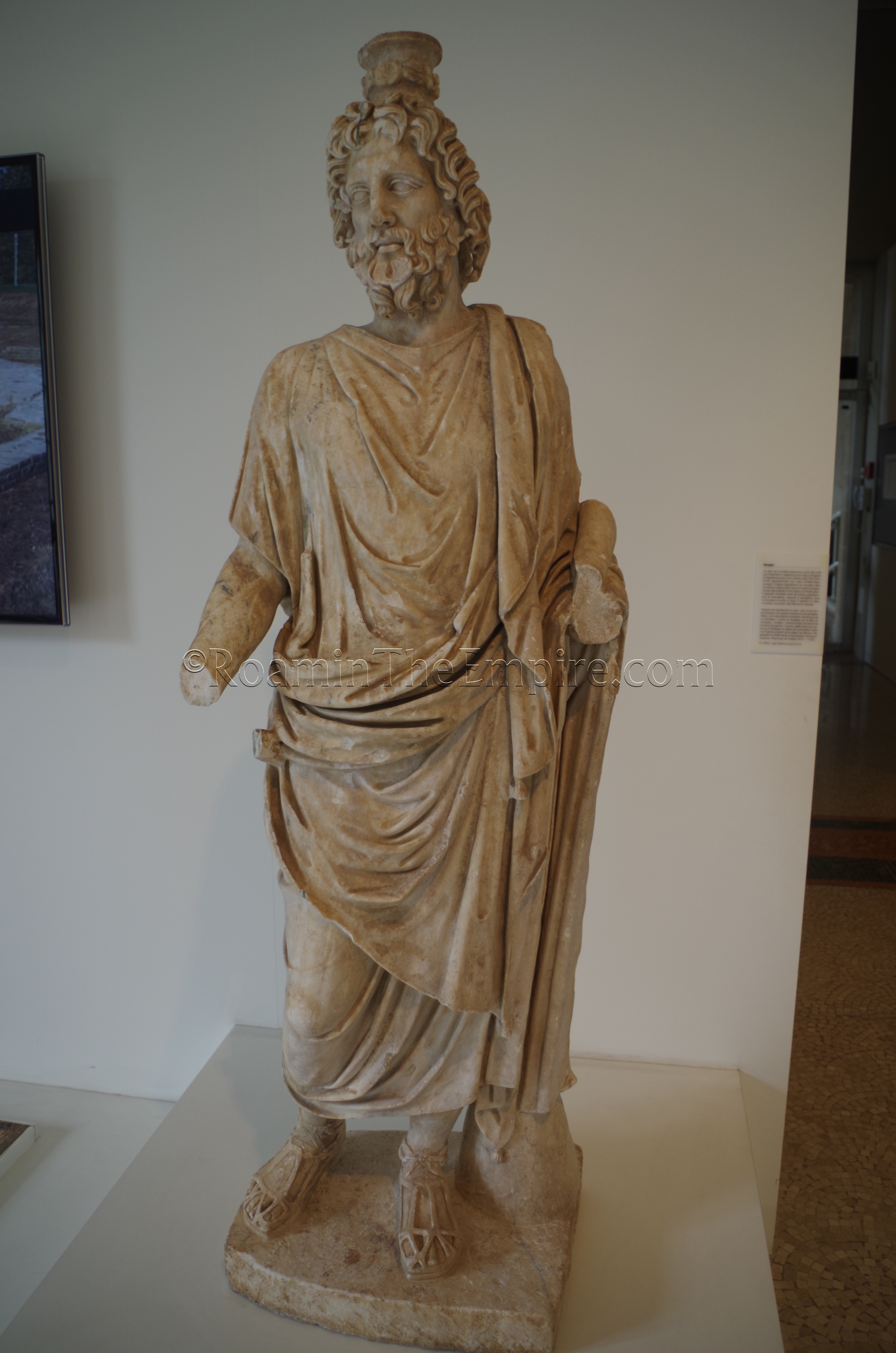
Musée d’Art et d’Histoire
Last on the agenda for the Roman vestiges of Genava is the nearby Musée d’Art et d’Histoire, located at Rue Charles-Galland 2. The museum is open year round from 11:00 to 18:00 Tuesday through Sunday and is closed on Mondays. Admission to the permanent collections of the museum is free, though there are fees associated with temporary exhibitions. The museum is home to a variety of art and historical collections, but the archaeological collections are located on the first and second subfloors of the building.
Roughly one third of the area in the archaeological collection is devoted to Roman and pre-Roman Italic peninsula artefacts, with some Roman-era material in both the Egyptian and Greek sections as well. The collection of Roman artefacts is impressive, and interestingly, much of the collection doesn’t come from the immediate region. Many of the pieces have provenance tracing to Rome, Pompeii, and Ostia Antica among other locations. There are quite a few larger sculptures as well as a fair number of imperial portraits. There are some smaller statuettes, ceramics, and coins as well, but the collection certainly focuses on the more on the more accessible, aesthetic pieces, as there is not much in the way of day to day objects meant to impart knowledge and context about the Roman presence in the area, particularly not in the main area of the archaeological collection. The regional archaeological collection, which takes up a small part of the second subfloor, and the lapidary collection in the courtyard of the first subfloor focus more on this, though it is still done largely without the help of those day to day objects that populate (and sometimes overpopulate) other museums.
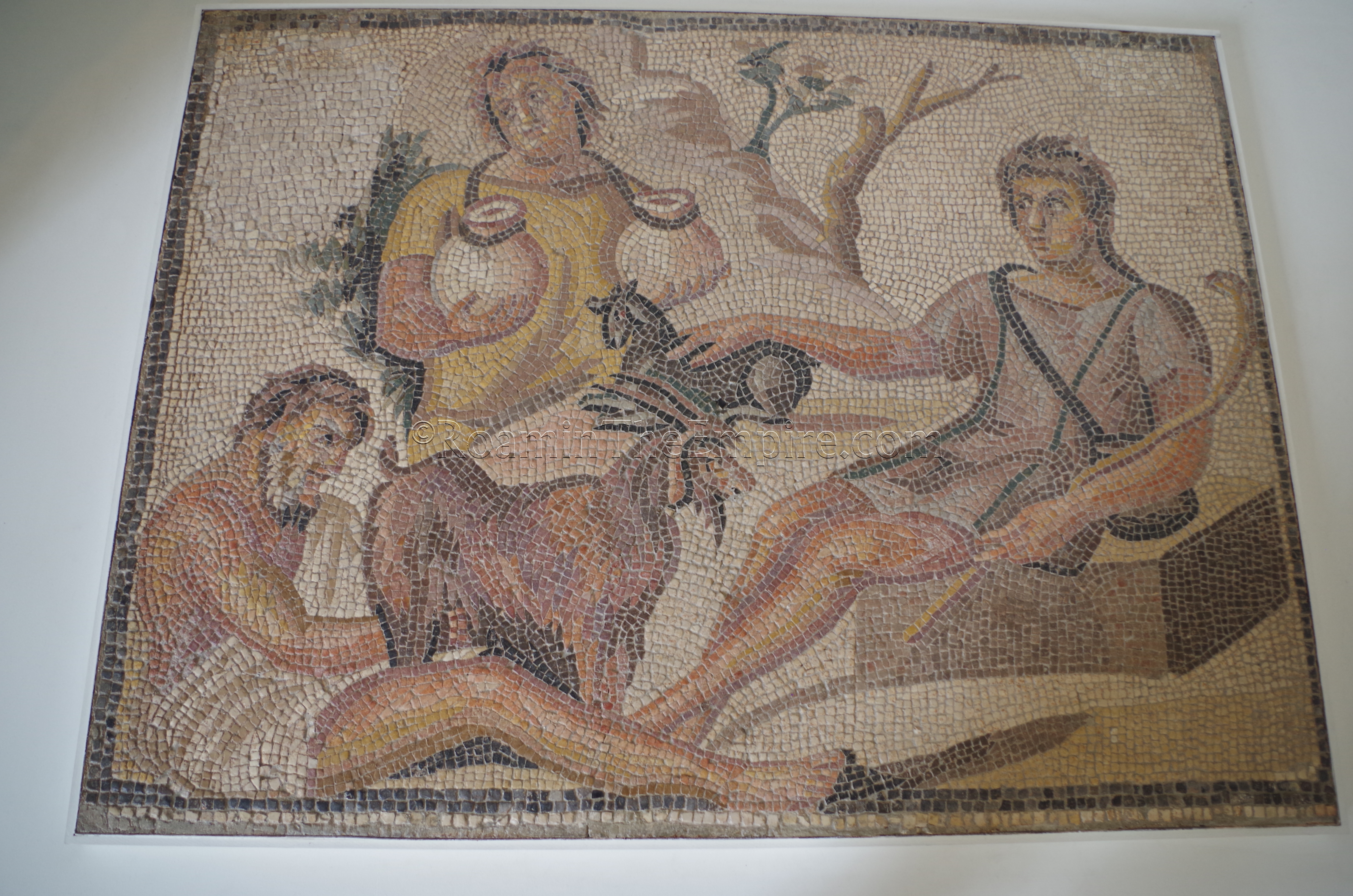
The collection is quite nice and has a number of interesting objects. To get through the whole of the archaeological collection, including the Greek and Egyptian sections, it took me about 2 hours. With two more floors of applied arts and fine arts pieces, one could easily spend the better part of a day at this museum, I would think. Nearly all the information presented about the individual objects is in French. The museum is absolutely worth a stop, and with admission being free, there’s really no reason not to, even if you don’t think you have enough time to fully appreciate it.
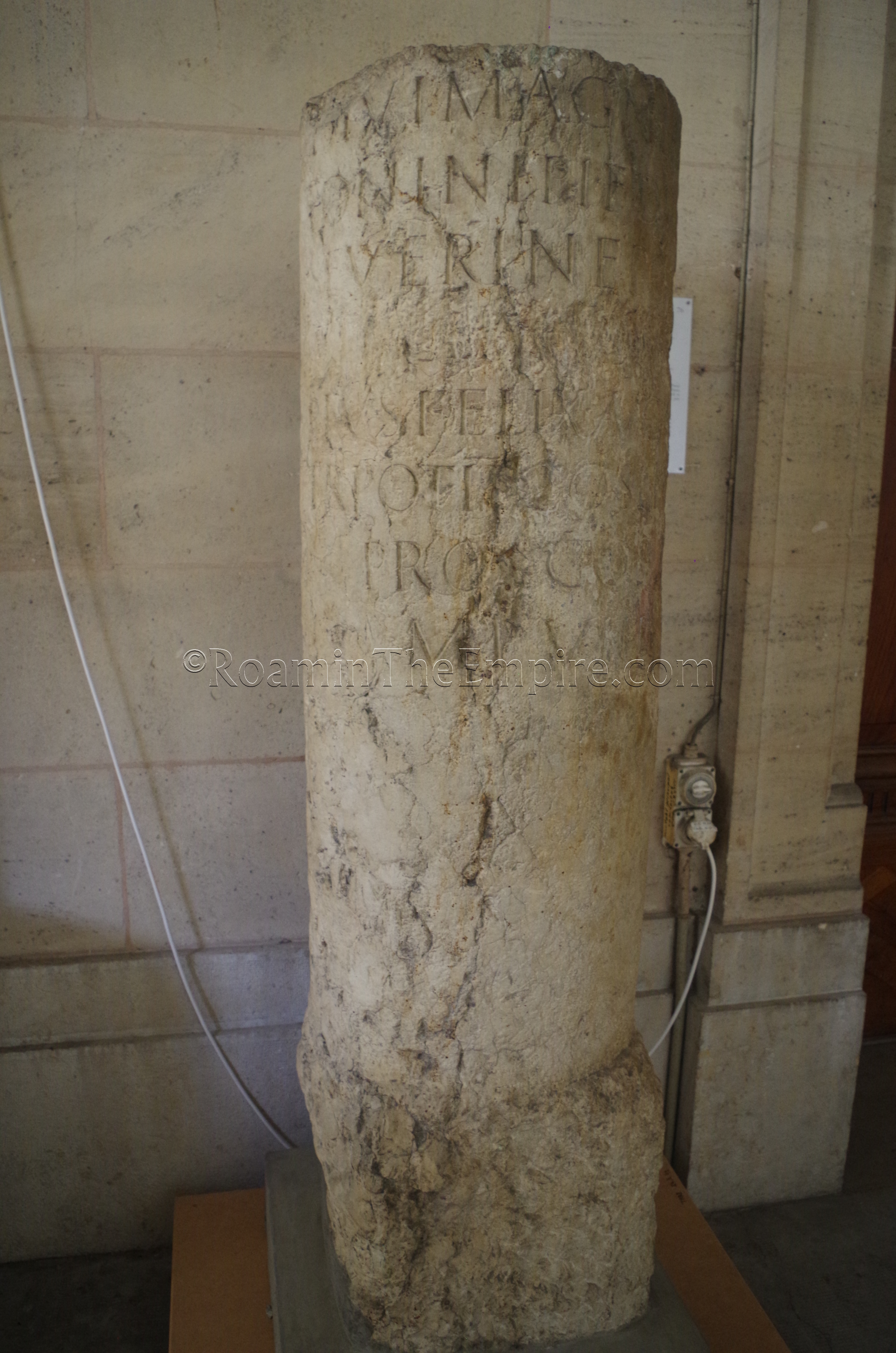
Without the museum, a stop in Geneva is hard to recommend on the basis of Roman archaeological remains, as what is visible is pretty limited and doesn’t much bear mentioning on its own. The museum makes a stop here much more worthwhile, though, probably not to the point where one would want to go much out of the way. I combined Geneva with a trip to nearby Nyon (Colonia Julia Equestris), which, as a whole made for a pretty good full day trip of Roman archaeology.
Sources:
Caesar, Bello Gallico, 1.8-9.
King, Anthony. Roman Gaul and Germany. University of California Press, 1990.
Stillwell, Richard, William L. MacDonald, and Marian Holland. McAllister. The Princeton Encyclopedia of Classical Sites. Princeton, NJ: Princeton U Press, 1976.


